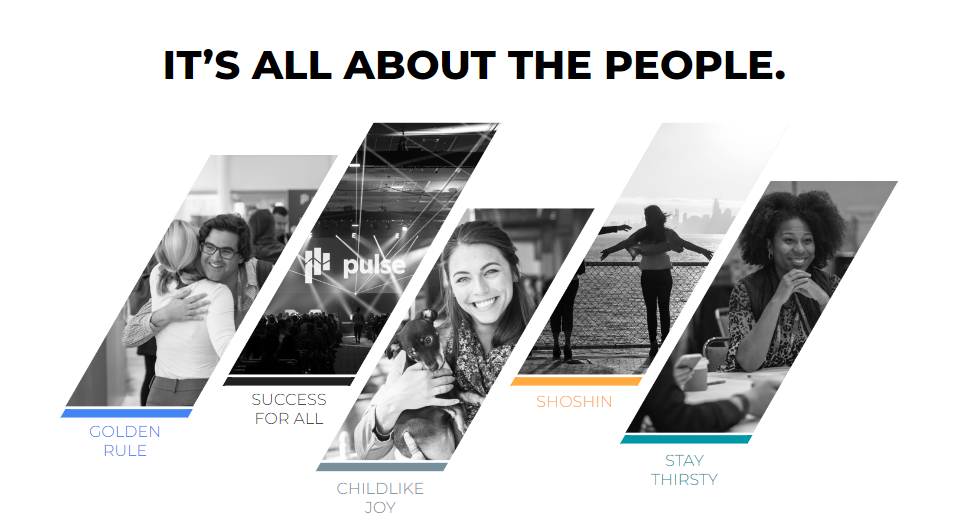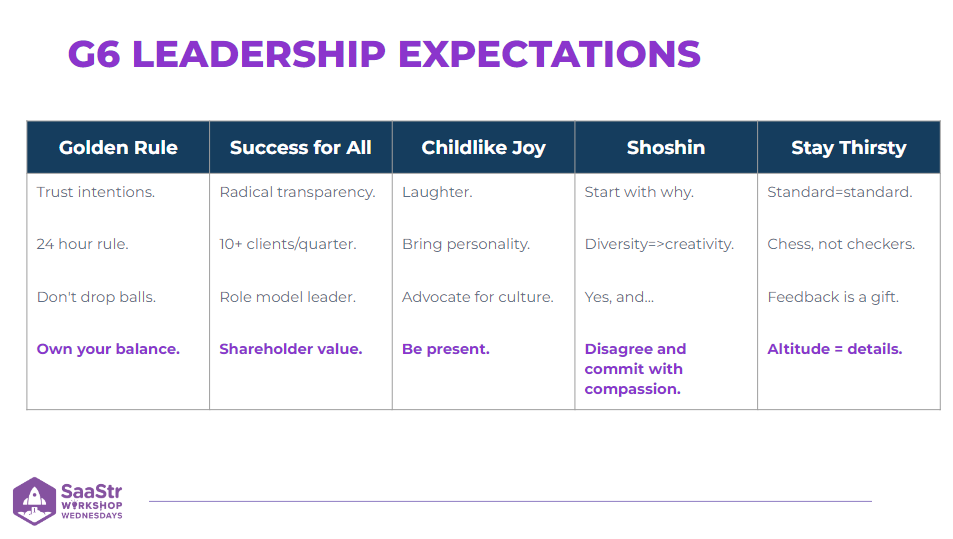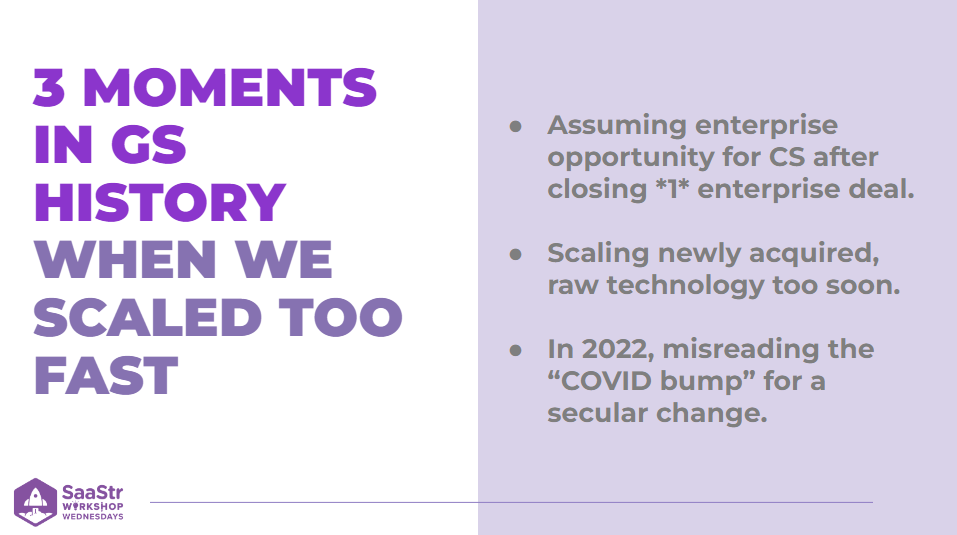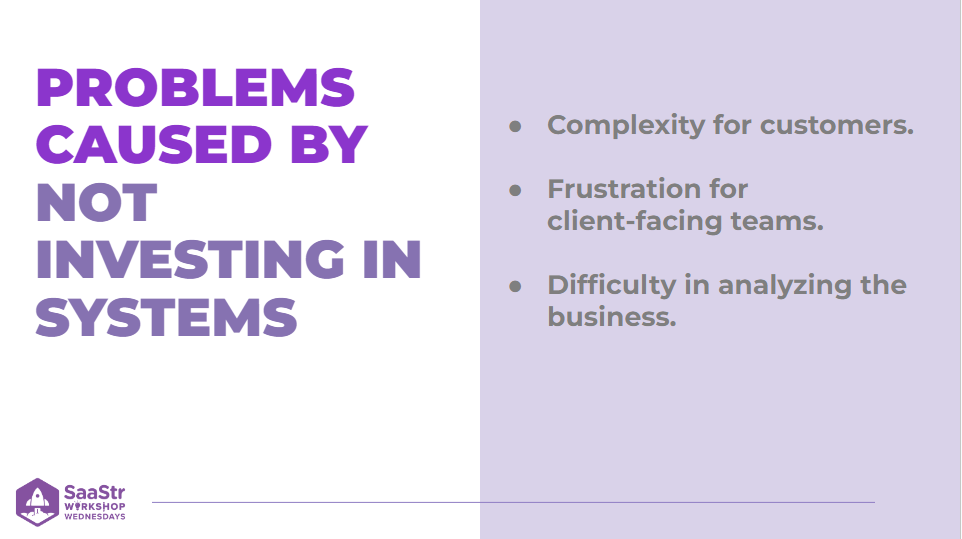Scaling a company comes with all kinds of hiccups and failures. Sometimes the best way to avoid hard-to-fix mistakes is by hearing how other people flubbed it while they were scaling.
In this week’s Workshop Wednesday, held every Weds at 10 a.m. PST, Nick Mehta, the CEO of almost $200M ARR Gainsight, shares the top 10 mistakes founders can make when scaling their start-ups — mistakes he made himself over the last ten years of growing Gainsight.
For a quick rundown, Gainsight is the leading platform for customer success. They are close to $200M ARR with 1200 employees. Their mission is to help companies drive better customer success and improve net retention for businesses through different products like scaling teams, driving better in-app adoption, and building customer communities.
Nick shares ten lessons learned over the past decade. Growth doesn’t happen naturally, so you have to figure out what works for you.
Mistake #1: Not Holding Leaders To The Highest Standard
Nick shares a quote that resonates. “I never make the same mistake twice. I make it five or six times just to be sure.”
As a human-first business, Gainsight tries to bring humanity to what they do, and historically, that sometimes meant giving leaders too much of a pass.
During a bi-annual survey, one employee gave Nick feedback that they wished all leaders would live up to the company’s values. While most of the feedback was positive overall, that stuck with him.
The lesson: You have to hold leaders to the highest possible standard. This means it’s tough to be a leader in your organization, which is a good thing.
Having high expectations for leaders doesn’t mean you have to be mean about it, and leaders who aren’t living up to your standards and embodying the company’s values make everyone suffer.
Communicating Expectations To Leaders
You must provide tangible, measurable behaviors and expectations for your leaders when you have high standards. Take the time to create onboarding documents showcasing your company values and the expected behaviors leaders must align with to uphold those values.
A few mistakes within the mistake when you don’t hold leaders to a higher standard include:
- Defining the box for a leader the wrong way
- Lowering the bar when hiring
- Taking too long to act when you know it’s not a good fit

Mistake #2: Not Betting On The Team That Got You Where You Are
Grit is necessary for everyone on your team, especially during times of uncertainty and change. CEOs tend to have this feeling where they think everything will be fine as soon as they have a new Head of X.
Things don’t always get better by hiring someone new. Instead, look within your organization because you’ve likely got a lot of people who have been there for a long time and are champions for your company.
It’s easier to swing and miss when hiring someone new vs. betting on the people you already have.
The Lesson: Many times, Nick thought, “I should hire for the role I’ll need four years from now.” In reality, he needed to bet on the person who had believed in Gainsight for the last four years.
In this new world, you need the people you need now, and they might just be in your company. The bigger you get, sometimes the more complicated you get. There’s a lot of knowledge about how your company works, and it’s harder for someone from the outside to attain that.
If you want to bet on the people you already have, create an environment within your company where people can try new things.
There’s a 50% chance the leader you’re looking for already works for you. Source the best internal candidate you possibly can. An outsider will never learn what someone from the inside already knows about your company and culture.

Mistake #3: Not Scaling Based On Leading Indicators
Many organizations are scaling up and hiring people but aren’t doing it based on true leading indicators. What does this mean for the company? That you get over your skis. You aren’t ready for whatever change you implemented.
This happened at Gainsight early in their history. They got a seven-figure deal and thought there would be many more, so they hired a strategic enterprise team, and then guess what happened?
They didn’t get another deal like that for another five years.
Many people had similar experiences to Gainsight in 2021 and 2022. Everything was off the charts, so they hired a lot of people before determining whether this was a real trend or not.
This isn’t as simple as pipeline, either. Everyone has to figure out what their high-quality customer engagement activities are that correlate to sales that will happen.
The Lesson: “Fire bullets, not cannonballs,” as Jim Collins says. Constantly run small experiments and scale only based on clear leading indicators.

Mistake #4: Not Standardizing Pricing and Related Systems Early
If you have an enterprise-type business, you often ask each customer how much they want to pay based on this or that and end up with a hodgepodge of deal types.
This is a trap, and it’s hard to scale a business this way. It’s also difficult to fix once you get too far in.
What are the problems caused by not investing in systems from the beginning?
- More complexity for customers
- Frustration for client-facing teams
- Difficulty in analyzing the business.
The Lesson: Custom deals are great when big enough to be worth it. And invest in back-office systems early.
This might be an unpopular opinion, but when you do pricing in enterprise, you should be comfortable with every other customer knowing what you’re paying.
Sure, those big custom ones are great, but it’s so specific for them that people can understand why they got the deal they did.
So we’ll say it again. You should be able to share every customer’s deal with every other customer.
Unfair pricing is exhausting, and by keeping everything transparent, you can scale easier, and you don’t have to worry about getting caught in a web of discounting.

Mistake #5: Not Investing In Digital Customer Success Early
Part of customer success is humans working with humans. You want as easy an experience as possible for your customers, so get your basic stuff in place early on. People should be able to open a ticket online or reach someone to help them with their problems.
The Lesson: Invest early in Digital CS capabilities for all customers — things like self-service, community, in-app engagement, telemetry, digital journeys, and PX-CS feedback loops.
These are cheap and simple things to do, and doing it early prevents you from entering an infinite loop of throwing people at the same problem.
You can develop an onboarding guide, build a great knowledge base, and figure out ways to do as many one-to-many communications with customers as possible.
The Takeaway
Scale your business with thoughtfulness early on. The top five out of ten mistakes Nick Mehta made while growing Gainsight include:
- Not holding leaders to the highest standard
- Not betting on your team
- Not scaling based on real leading indicators
- Not standardizing pricing and establishing systems early on
- Not investing in digital customer success early on

